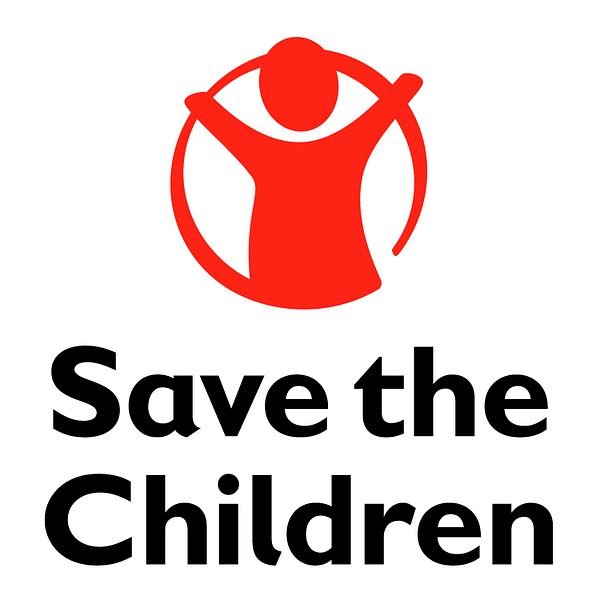Blog post -
Typhoon Bopha leaves a trail of destruction
By Sarah Ireland, Humanitarian emergency operations manager, Save the Children
“On the night when the Typhoon hit, my house was crushed by a tree. Now I live in my father’s one bedroom house with seven other families. I am a day care worker but the day care centre was destroyed. Now there is nowhere for the small children to go. My two children live across the river and they are so scared that the storm might come back. My eight year old now wets the bed, he never did that before.”
That was Rowena*, a mother of two who lives in a village that was extremely damaged by Typhoon Bopha. Walking through her village, she pointed out a houses that were now no more than rubble, telling me the stories of people who had lived there. Of the two elderly people who were injured when their house collapsed and are still in hospital. And of an eight-year-old boy who died when a coffin fell on him – he had been attending a funeral the day of the Typhoon and had hid beside the coffin to shelter himself from the wind. Walking past the damaged electricity lines that are now so low they touch the ground, she said that many people do not want to live in the cramped evacuation centre and so are living in damaged homes with no electricity.
She told me stories of many boys and girls who now have diarrhoea because the damaged water pipes mean they don’t have clean water to drink, and how many of the children have been traumatised by what they went through when the Typhoon hit. Her own children cry at night and crawl into bed with her and her husband, too scared to sleep by themselves. While she was telling me this story, the women around her nodded, saying that it was the same with their children as well.
She took me to the village school that is now being used as an evacuation centre. The teachers want to start classes again, she said, but there is nowhere to hold classes and all the school materials were damaged by the rain and wind.
In this village, Save the Children will be setting up a large school tent and will be giving all of the children and teachers learning materials so they can start classes again. We will also be setting up a tent in the yard of the damaged day care centre so children have a safe and supervised place to play while their parents begin to rebuild their homes or go looking for work. By setting up these areas, we will also provide support to children who are experiencing distress or anxiety because of their experiences during the Typhoon and the subsequent disruption to their lives.
However there are many other villages like this one, and many more children who are scared of the wind at night because it reminds them of Typhoon Bopha. I had heard the stories from my colleagues about the destruction that the Typhoon caused, but I wasn’t prepared for the sheer number of homes now lying as broken pieces of wood, or the fields and fields of crops that are now just pieces of land with broken trees or plants haphazardly scattered through them.
As we begin to access more and more villages and fully realise just how much damage has been caused by Typhoon Bopha, I hope that we will continue to be able to give support to the people who need it most.
Topics
- Children, Child care
Categories
- evacuation centres
- save the children
- save the children in the philippines
- typhoon bopha
- education in emergencies
- child health
- child friendly spaces
- temporary learning spaces
